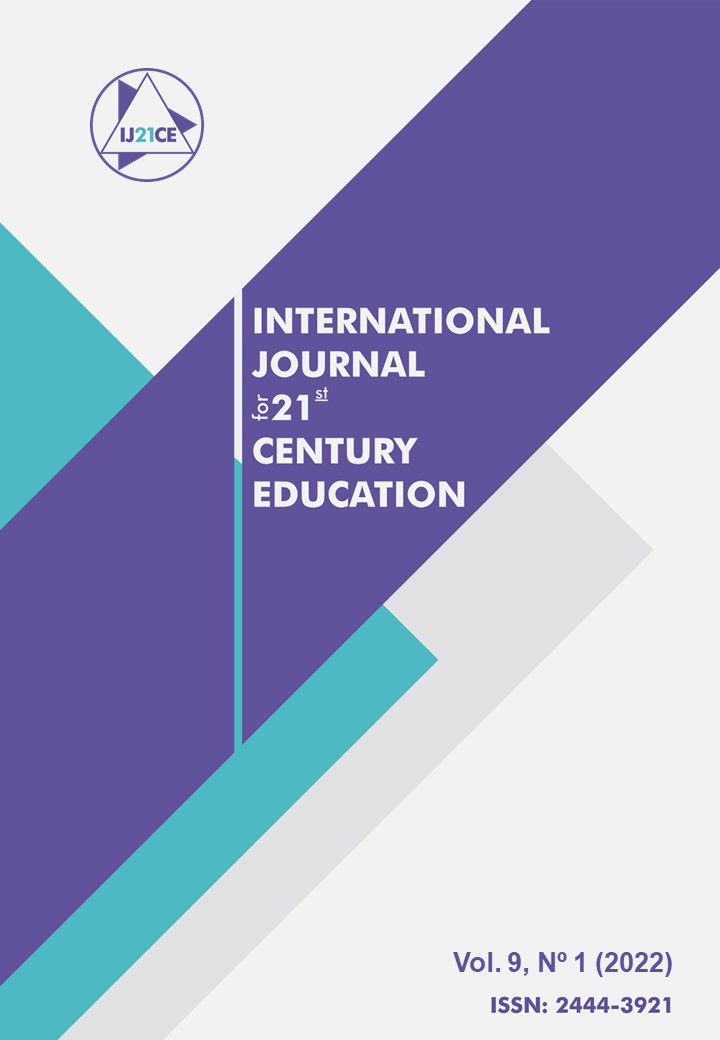INTO THE SHOES OF VISUALLY IMPAIRED VIEWERS. A DIDACTIC EXPERIMENT TO IMPROVE AUDIOVISUAL TRANSLATION, AUDIO DESCRIPTION AND ENGLISH SKILLS
Main Article Content
Abstract
Audiovisual accessibility has become, since the beginning of the 21st century, one of the most interesting and promising fields at both academic and professional levels related to audiovisual translation (Pereira and Lorenzo, 2021; Permuy, 2021; Sanz, 2017). Audio describers need to develop, among other skills, social sensitivity, knowledge of film language, fluency in their own language and culture, and an understanding of the semiotics of the image (Díaz-Cintas, 2007; Navarrete, 1997). Moreover, as proved by previous studies, audio description may work as an excellent tool in foreign language learning (Talaván et al., 2022; Vermeulen & Escobar, 2021; Navarrete, 2018). In order to delve into the acquisition of the necessary skills for audio description and, simultaneously, to improve the students’ level of English as a foreign language during a course on AD and didactics of English, a pedagogical experiment was carried out involving the identification of aural and visual elements, and the preparation and delivery of an AD in English. This study reveals the results obtained from this five-stage activity, in terms of the acquisition of specific skills and the raising of awareness of the importance of audio description in today's film industry.

